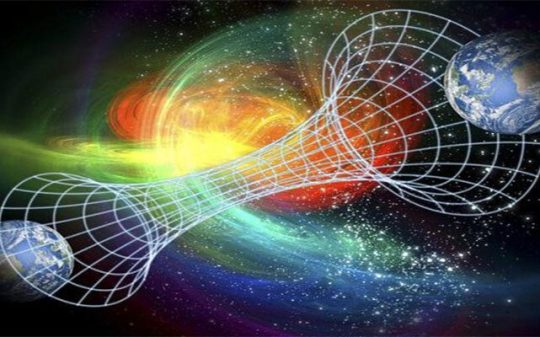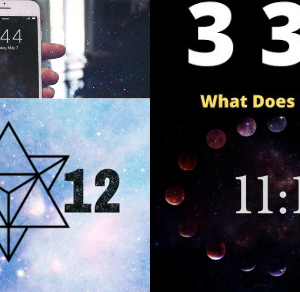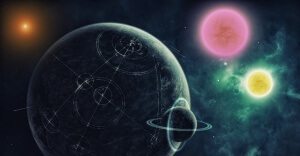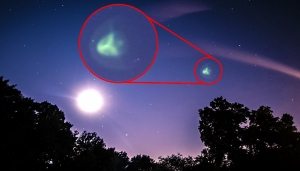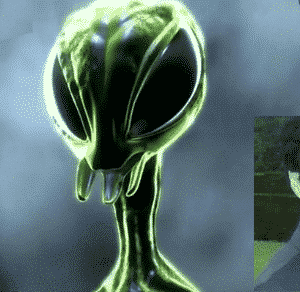Even though we perceive time in one direction – we all get older, we have memories of the past but not the future – that doesn’t mean the laws of physics do not allow for the reverse side of the coin.
Newton once realized that every action has an equal and opposite reaction, and this doesn’t stop at the notion of “time” – if time is expanding one way, it has to expand the other way also, at least this is what a group of renowned physicists recently discovered.
When the Big Bang created the universe, these physicists believe it also created an inverse mirror universe where time moves in the opposite direction. From our perspective, time in a parallel universe is moving backwards, but seen from the other side, our universe’s time will also be moving backwards.
Julian Barbour from University of Oxford, Tim Koslowski from the University of New Brunswick and Flavio Mercati from the Perimeter Institute for Theoretical Phisics, published their study in Physical Review Letters. The paper named “Identification of a Gravitational Arrow of Time” explained that for any limited system of particles (a self-contained universe such as our own, for example,) gravity will create a point when the distance between particles is minimal.
When the particles then expand outwards, they do so in two distinct directions. Barbour and his colleagues built a simplified 1,000 particle point model of the universe revealing this double explanation, with gravity creating structures in both directions.
Mercanti explained that such systems gather and then expand by necessity. The team of scientists call the moment before expansion the “Janus point,” after the two-headed Roman god.
Time is not something that pre-exists, Barbour said. The direction and flow of time we have to deduce from what’s happening in the universe. When we look at it that way, it’s natural to say that time begins at that central point and flows away in opposite directions.
In order to have a better understanding, Barbour compared the Janus point to the moment when a river splits in two and flows in opposite directions:
It’s the simplest thing. You start at that central Janus point where the motion is chaotic, but then in both directions you get this structure forming. If the theory is right, then there’s another universe on the other side of the big bang in which the direction of experience of time is opposite to ours.
But even though time can flow in different directions, that doesn’t mean we can ever experience the reverse.
We’re on one side of the Janus point, Mercati said. On one side you get your arrow of time and can never experience the other one. It’s in the past.
Their theory might be far from being proven since we don’t yet have the required technological means and understanding, but I have to admit it makes sense. There must be a place where particles meet only to squeeze each other until a wall or barrier is created, and from there the accumulated energy has to be released.
If it bursts into two different ways or a thousand ways, scientists are yet to find out. However, the Arrow of time theory might soon open the gates leading to time travel.
